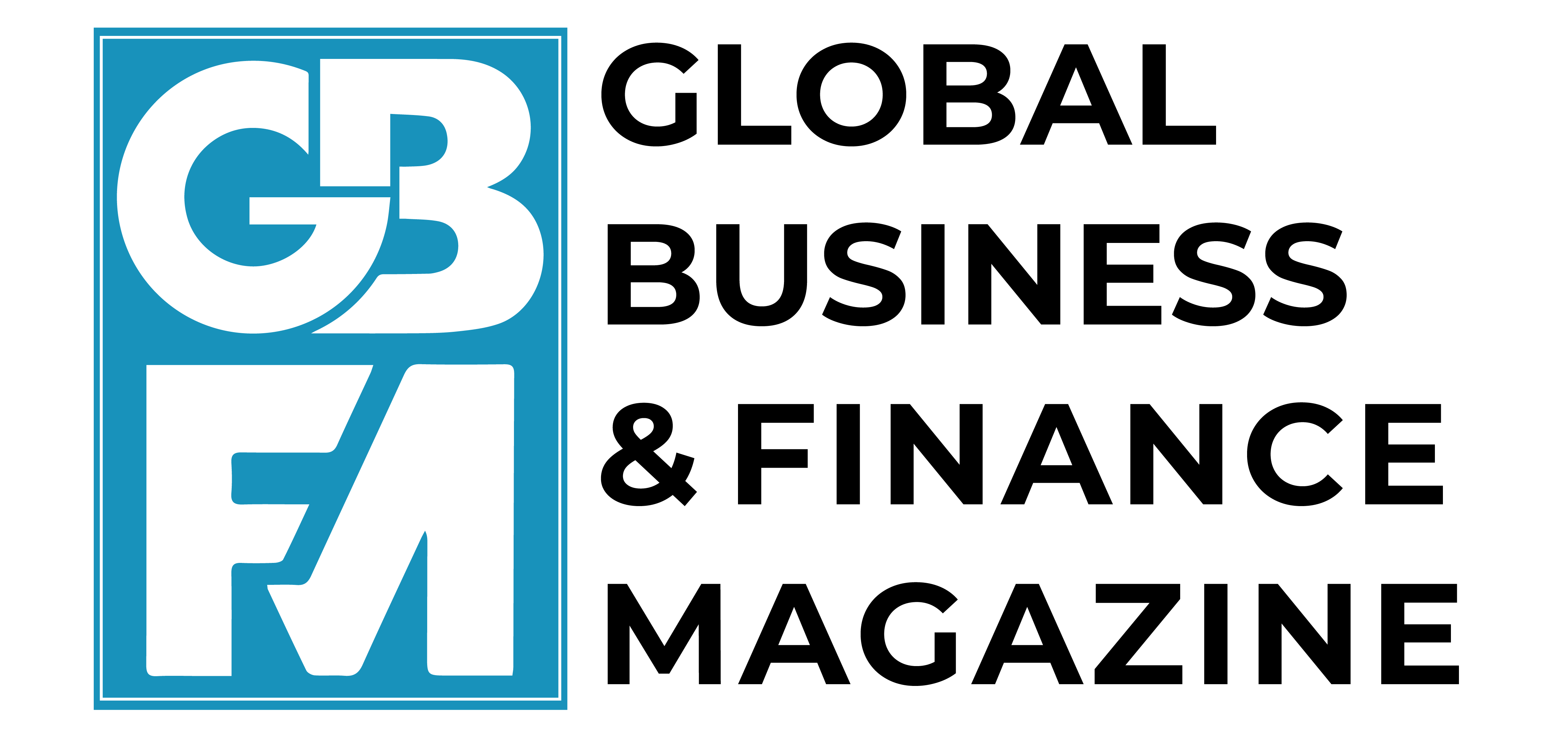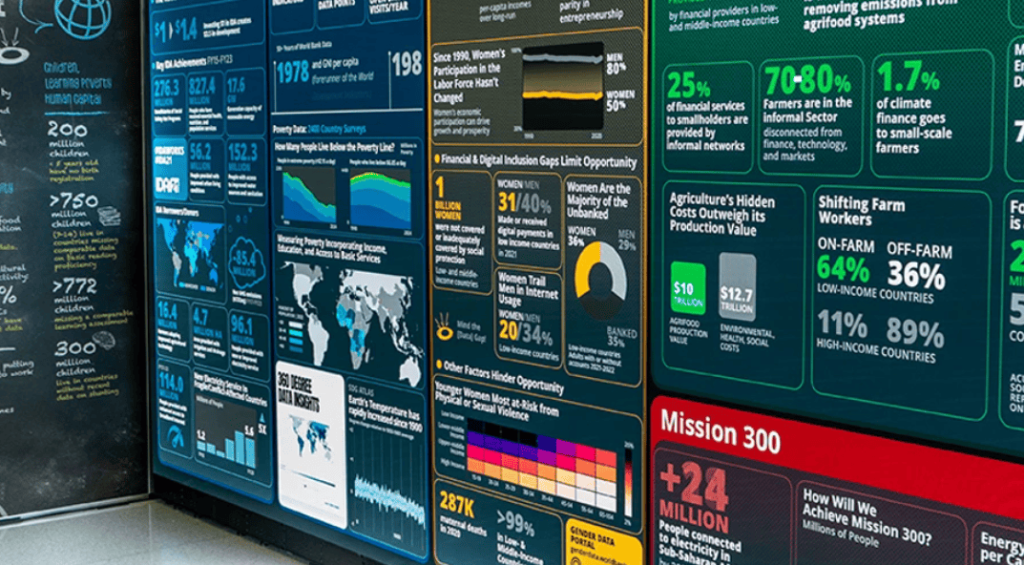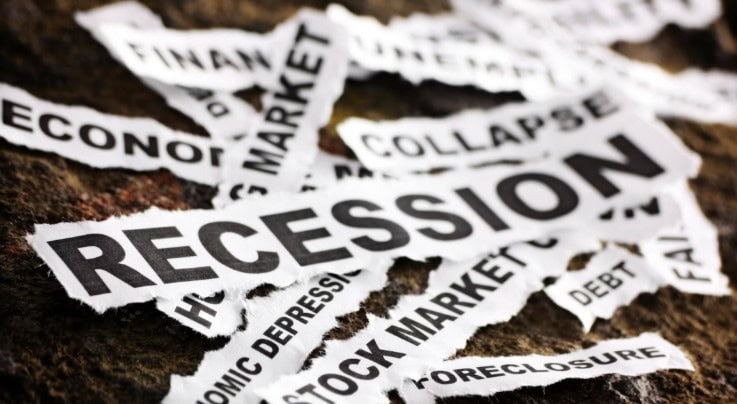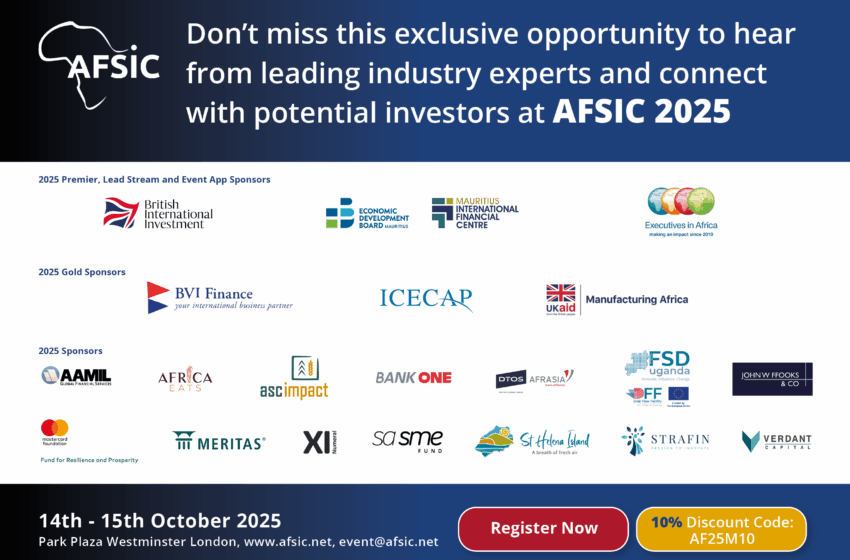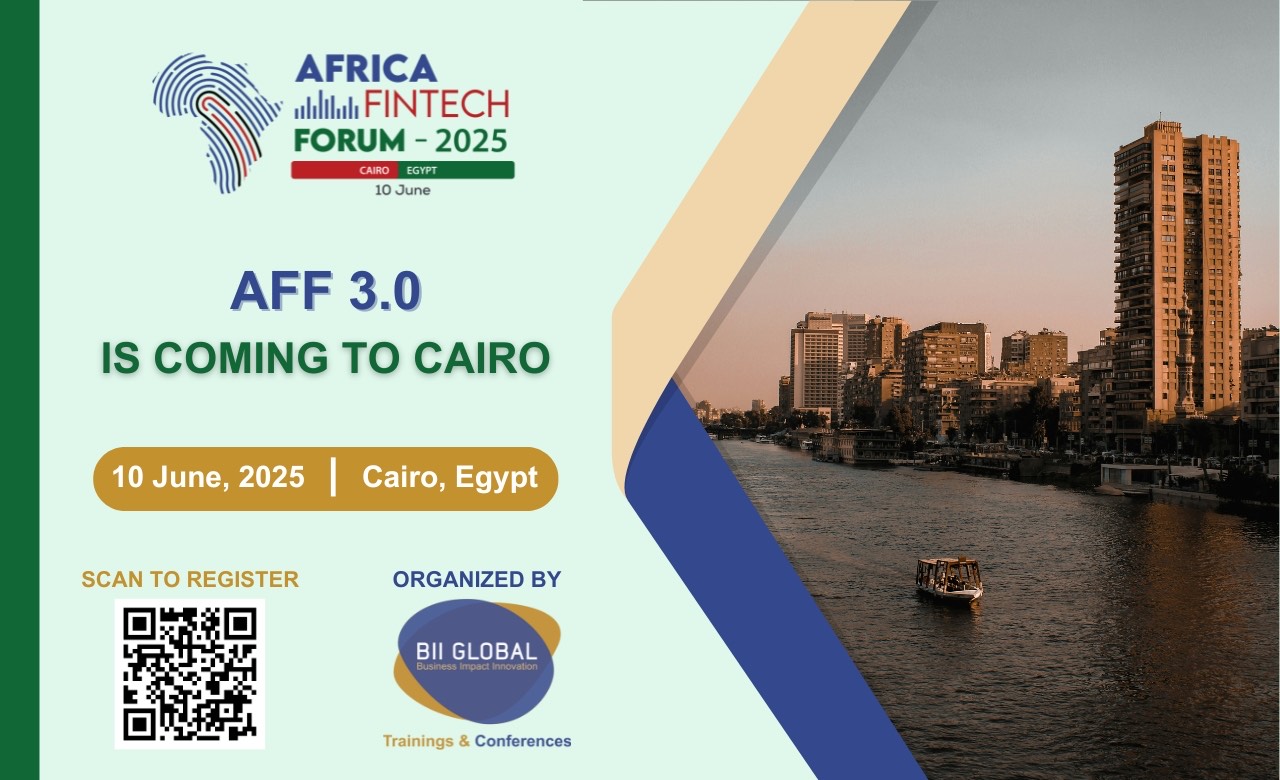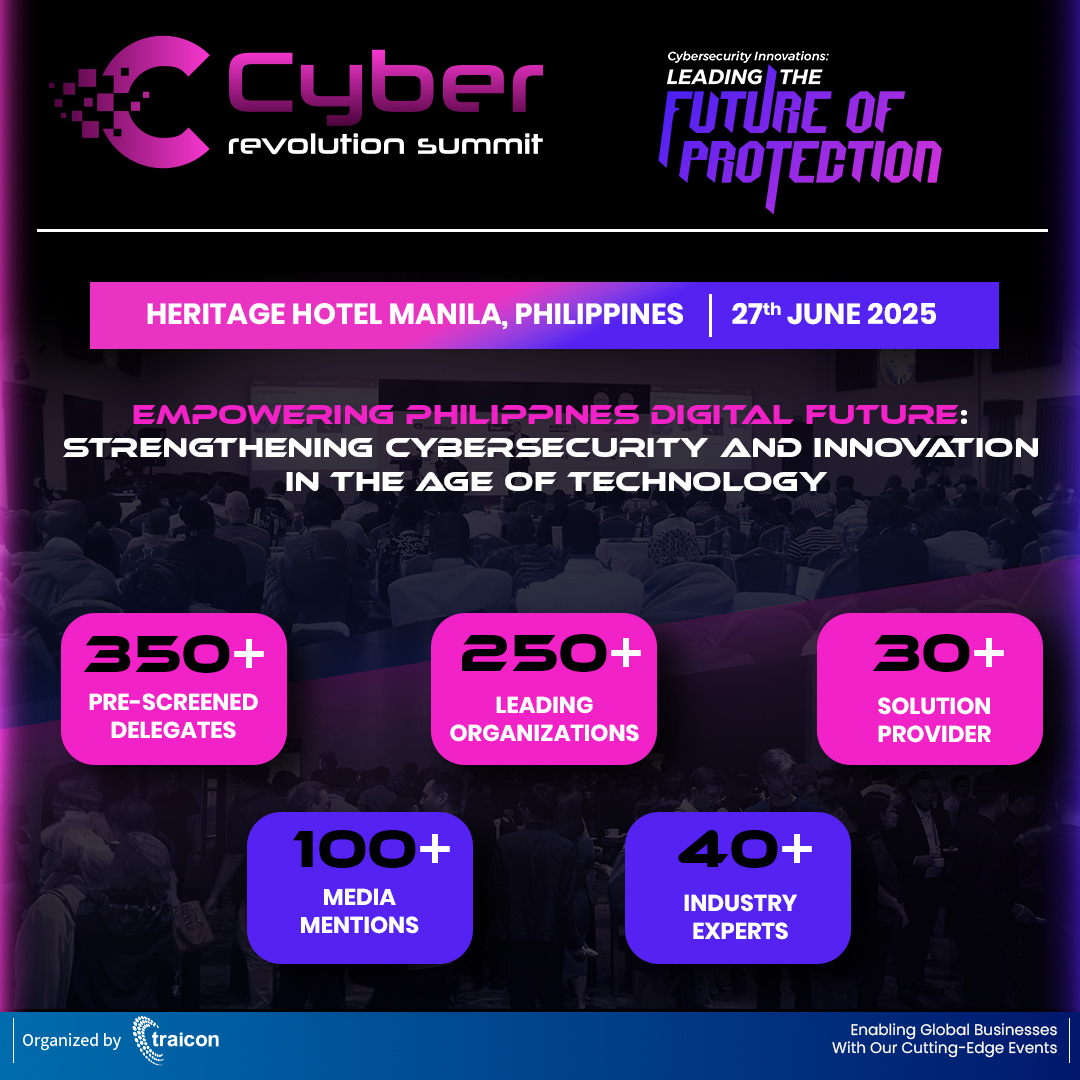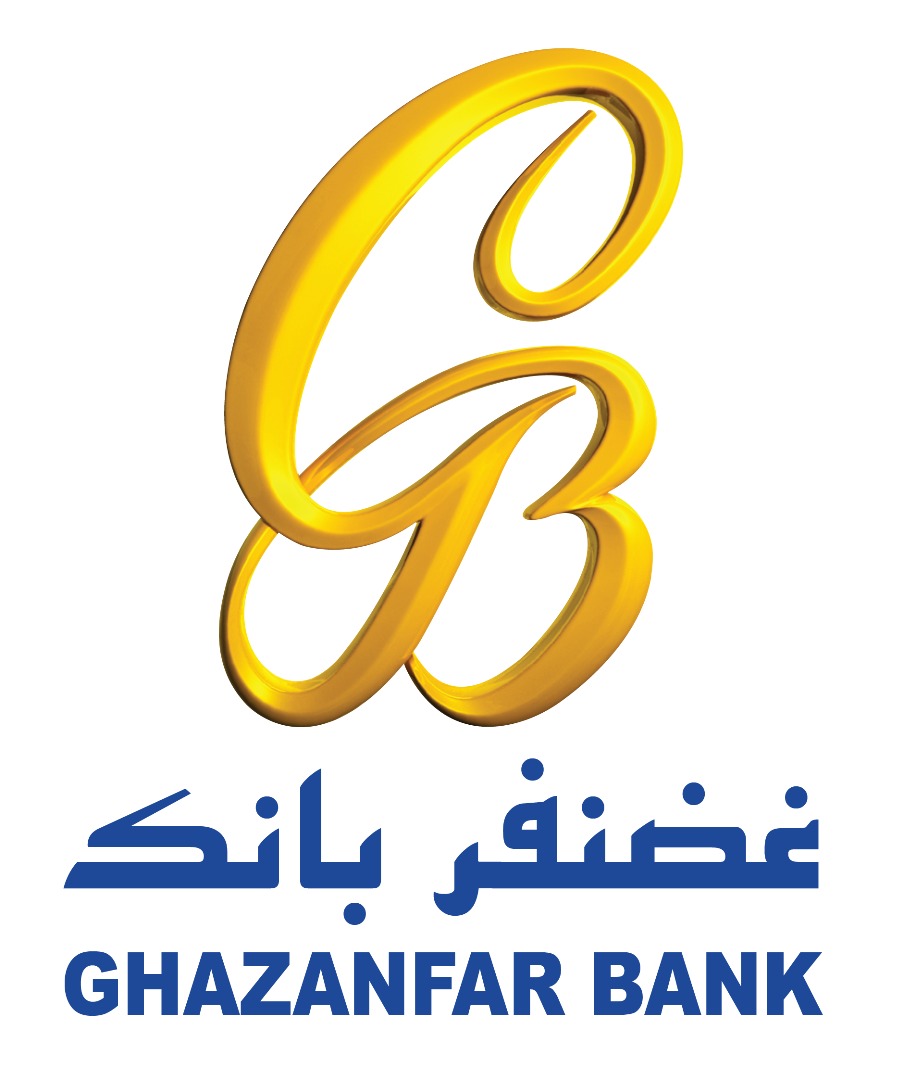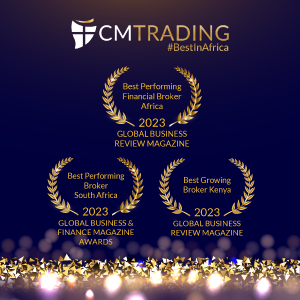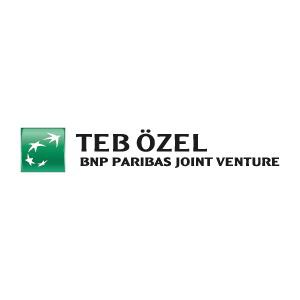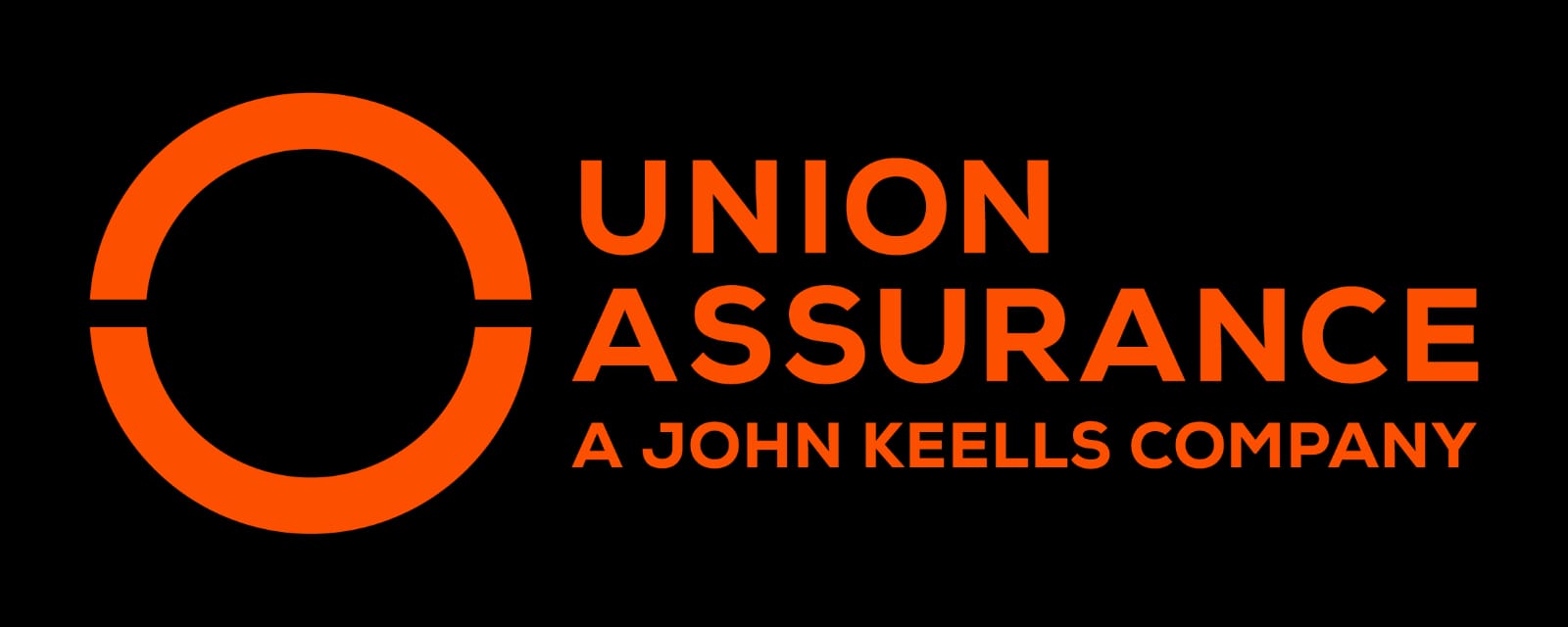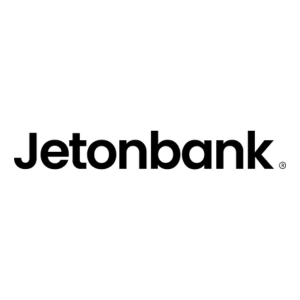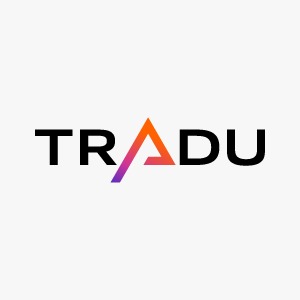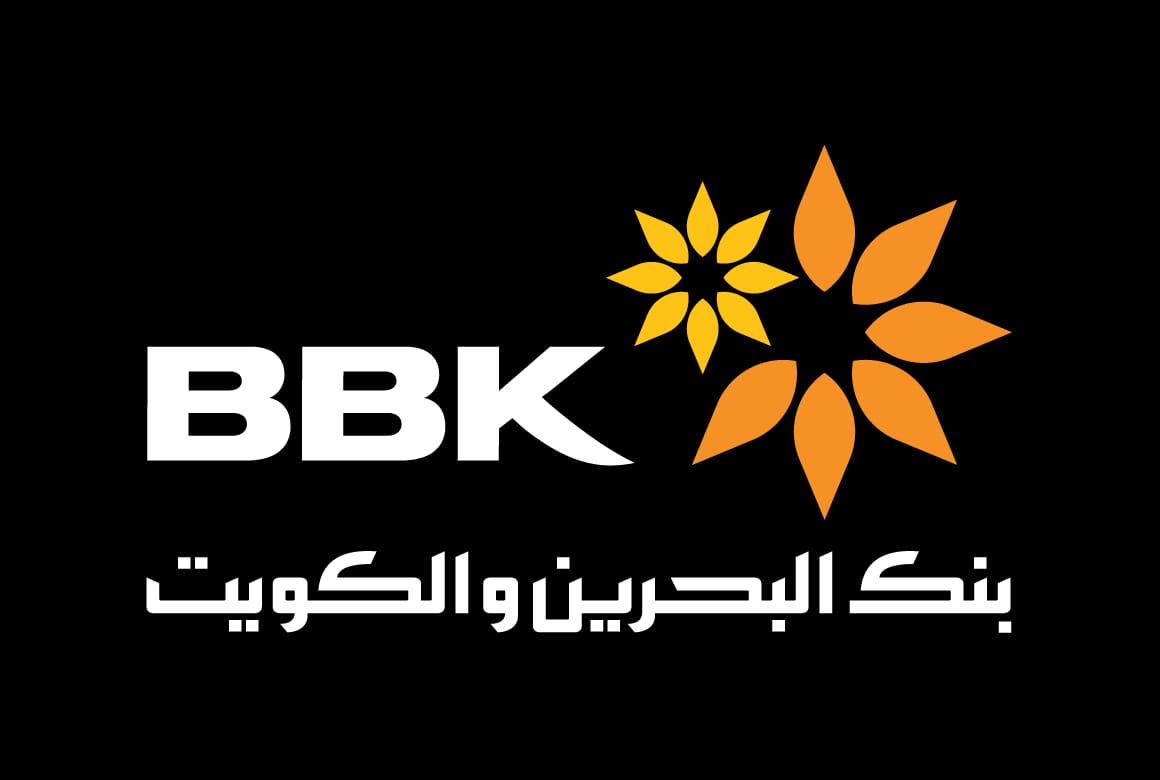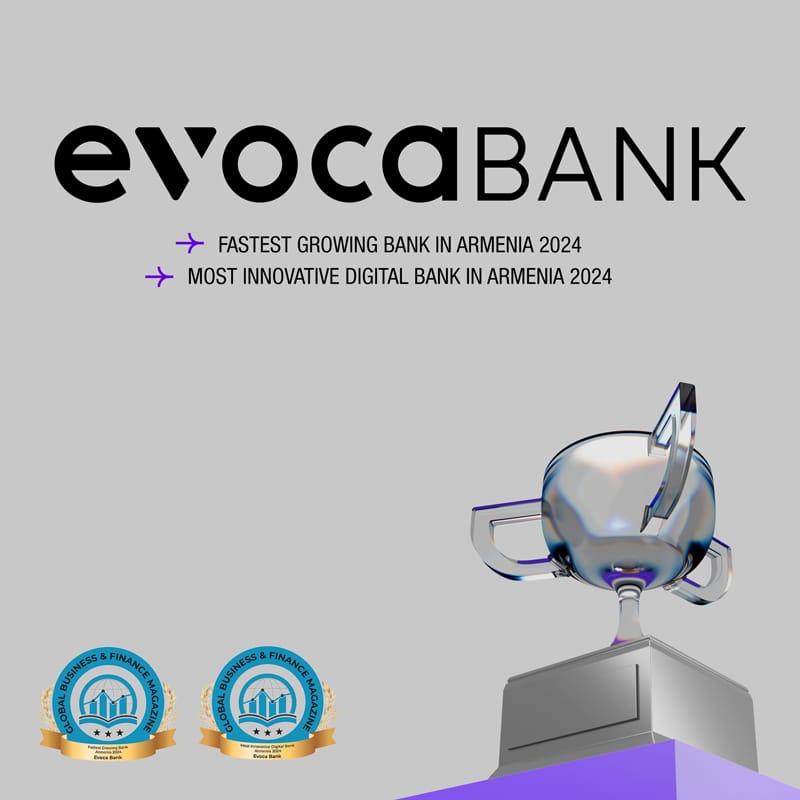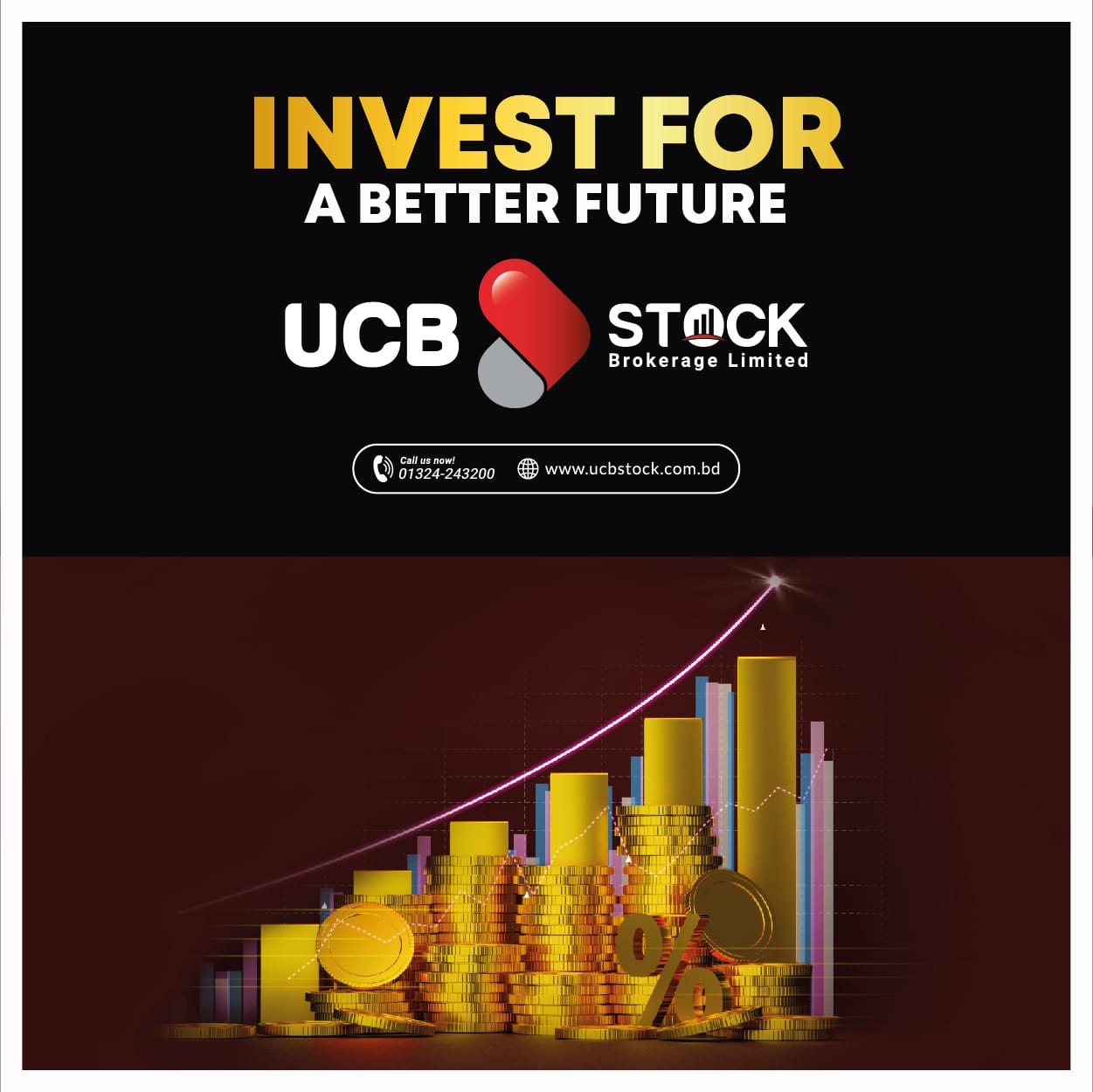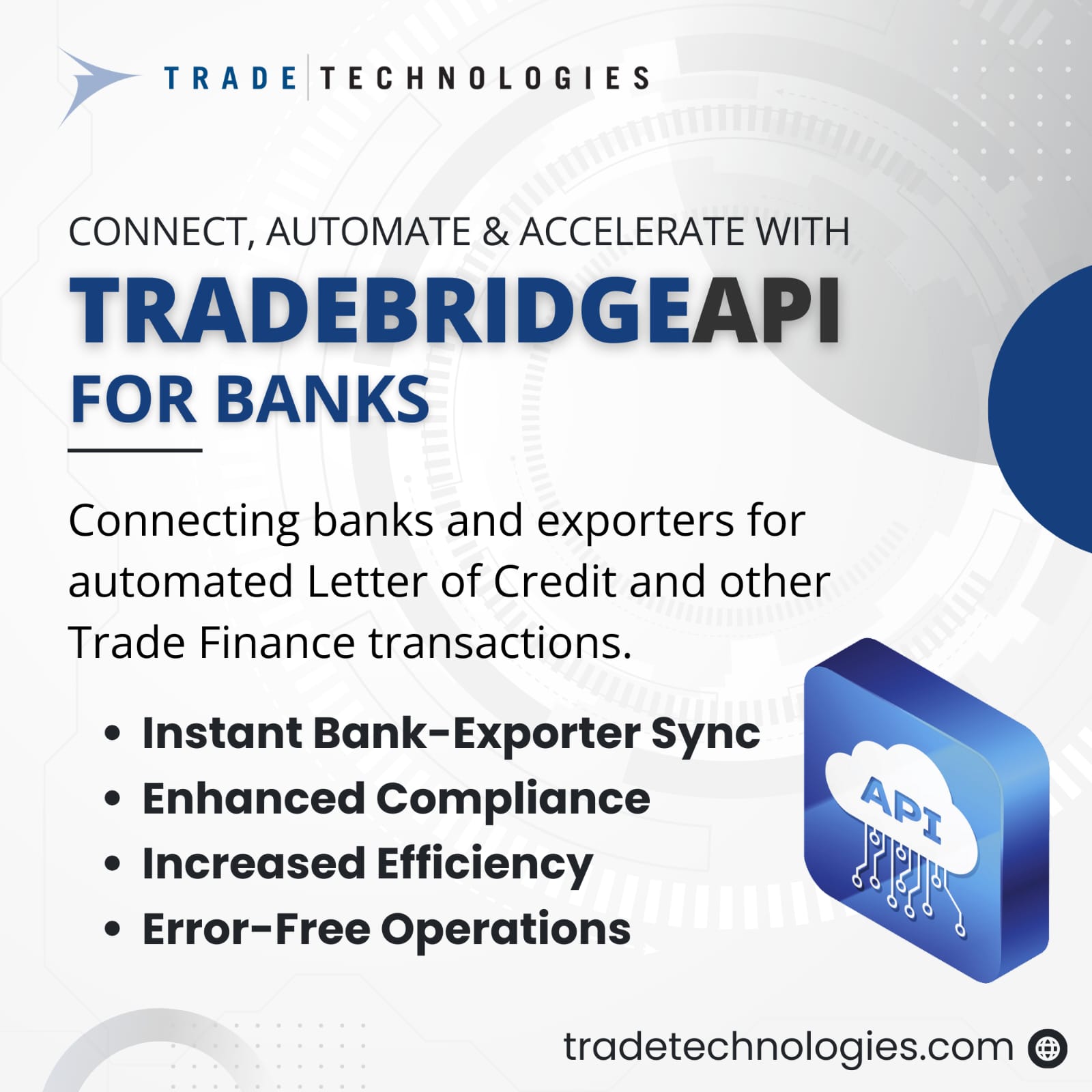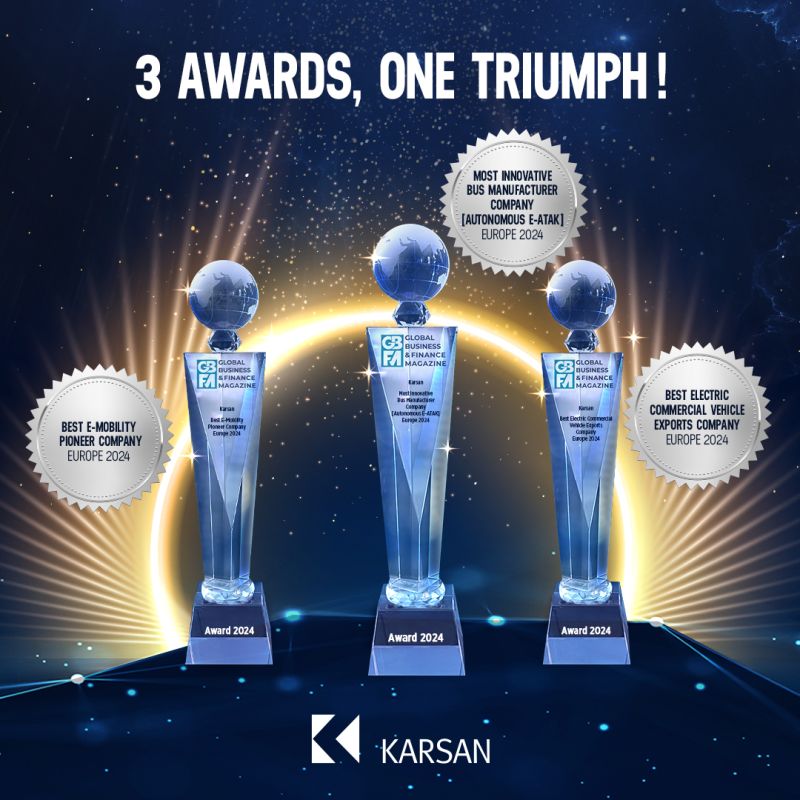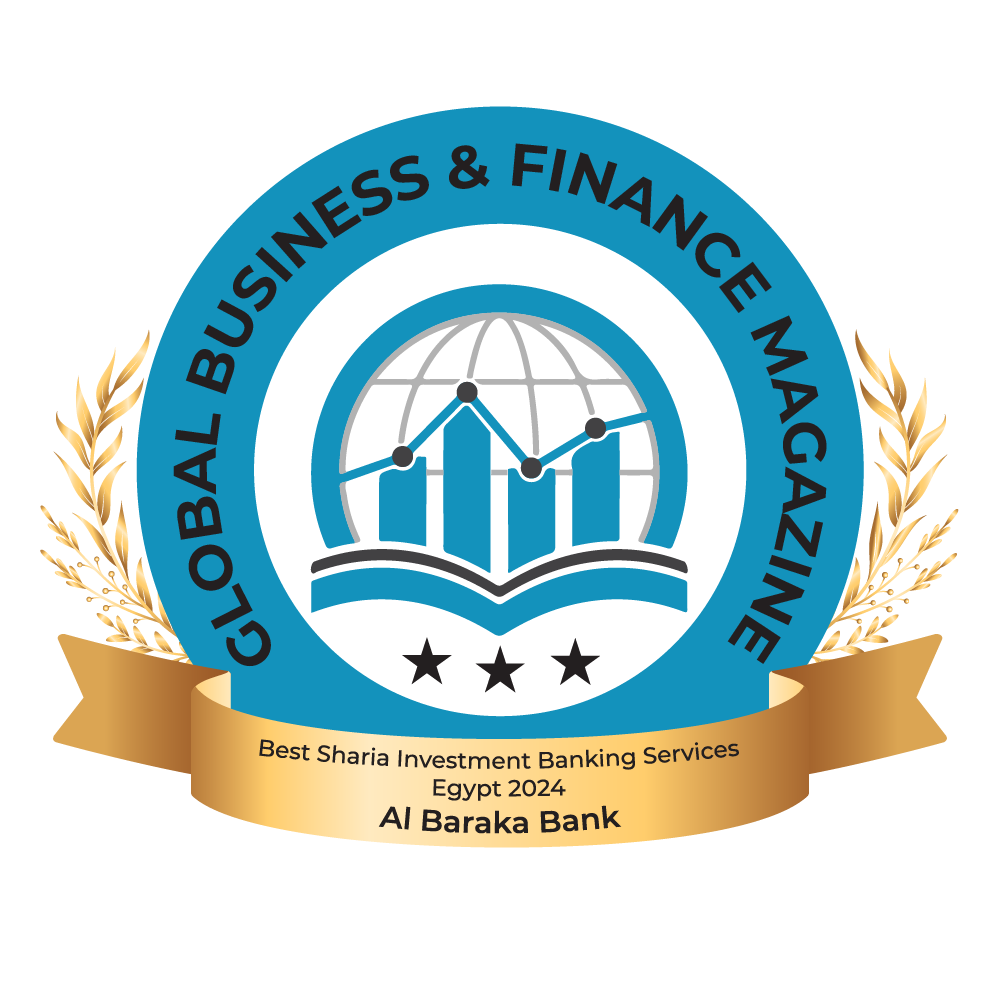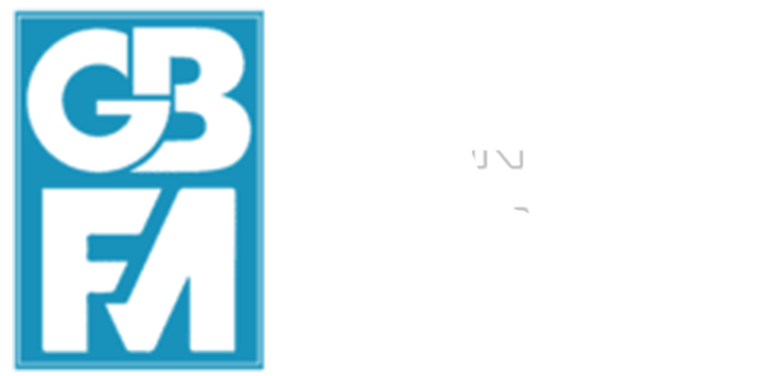Two years ago, the World Bank Group launched a revamped Scorecard not as another report but as a promise: that measuring impact would become part of how we think and work.
Today, that promise is starting to take hold. The Scorecard is showing that accountability and transparency are not about compliance—they are tools that help us make better decisions, stay focused on what matters, and deliver results that improve people’s lives.
But transparency is not the destination. It is the light that guides the way, helping us see what is working, what isn’t, and where to adjust. The more we use it, the more it shapes our habits and decisions. Over time, it builds what we call the Outcome Reflex, the instinct to care about outcomes in every decision, not when it is too late to adjust course.
From outcomes to livelihoods
One of key outcomes we’re focused on is jobs. As World Bank Group President Ajay Banga has reminded us, “the job is not done without jobs.” Work is never just about wages, it is about dignity, stability, and the bridge between growth and belonging.
That’s why we’re now consulting on the final piece of the Scorecard: an indicator to measure the jobs impact of our work. The approach goes beyond counting how many jobs are created. It also asks how many people move into better paid work because of our projects, transactions, and programs.
At the same time, jobs are not captured by a single number. The Scorecard helps us see how employment emerges through many pathways, including healthier people, stronger fiscal systems, resilience, infrastructure that connects, digital access that empowers, and gender equality that unlocks potential. In this way, it has become one of our most useful tools for understanding the many paths by which the World Bank Group contributes to jobs.
From data to insights
Now that the Scorecard results are in from fiscal year 2025, which wrapped up in June, we can see more clearly how outcomes are taking shape through World Bank Group efforts, revealing both progress and the distance still to go. Here’s a look at the latest insights:
People
The Scorecard shows 244 million people benefited from social safety nets. In Zambia, women receiving small grants with skills training and mentorship reduced extreme poverty by 30 percent, improved business profits by 80 percent, and raised savings by more than 230 percent, showing how modest programs can seed livelihoods. Yet millions of poor households remain beyond reach, reminding us how much more must be done to protect the most vulnerable.
When it comes to education, 325 million students received support. These outcomes are furthered by reforms, such as in Viet Nam, where teacher reforms are shaping the skills of tomorrow’s workforce. Nearly 370 million people accessed health services, and in Morocco, universal coverage reforms are both healing patients and creating jobs in the care economy. Still, too many children leave school without basic skills, and too many families struggle for reliable care, showing how progress in human capital is vital for future jobs.
Prosperity
Sixty percent of high-risk countries implemented debt reforms, and 20 countries strengthened tax revenues. In Madagascar, better debt management created fiscal space for investments that translate into infrastructure jobs and livelihoods. Yet 56 countries still collect less than 15 percent of gross domestic product in taxes, limiting their ability to sustain employment rich growth.
In Ukraine, even amid war, the International Finance Corporation (IFC) invested more than $2.4 billion in energy, agribusiness, and telecom, while our Multilateral Investment Guarantee Agency’s (MIGA) guarantees kept small and medium-sized enterprises afloat. These efforts preserved firms and are expected to mobilize $1 billion in private capital and to create or preserve 40,000 jobs. The challenge ahead is to mobilize far greater private capital for recovery and rebuilding.
Planet
One hundred thirty-six million people strengthened their resilience to climate risks and our support is expected to reach 425 million. The West Africa Coastal Areas Management program created over 11,800 jobs while defending communities from coastal erosion, showing how adaptation can also lead to work. Yet resilience alone is not enough; the real test is whether climate smart development can open pathways to the green jobs of tomorrow.
Ninety-three million hectares of land and water are under improved conservation or management. In Brazil, IFC support for Sociedade de Abastecimento de Água e Saneamento S.A. expanded water and sanitation in Campinas, securing jobs while boosting resilience. In India, smallholder farmers adopted water saving practices that protect yields and rural employment. The task is to scale such smart practices, so climate action consistently creates stronger communities and better jobs.
Infrastructure
One hundred seventy-six million people benefited from improved transport and World Bank Group support is expected to reach 524 million. In Côte d’Ivoire, IFC and MIGA support for power expansion is connecting households and creating jobs in construction and maintenance. Yet access is still uneven, and many communities remain cut off from the opportunities infrastructure can unlock.
Electricity access increased, with 215 million people connected and renewable capacity rising nearly 75 percent from 20 to 34 gigawatts. These are workshops buzzing with workers, villages lit for the first time, and industries freed from unreliable power. But rural gaps persist, slowing the spread of enterprises and employment. Through our support, these figures are expected to reach 576 million people with access and 109 gigawatts of renewable electricity.
Digital
Broadband access nearly doubled to 217 million people and could reach 431 million through ongoing support. In Guinea Bissau, reforms supported by our International Development Association (IDA) alongside efforts from IFC and MIGA helped increase digital penetration from 12 to 36 percent in four years, opening the door to digital jobs, mobile finance, and online markets. Yet millions remain excluded from digital opportunities.
On top of that, 177 million people are now using digitally enabled services. In Kazakhstan, World Bank Group financing of towers is lowering costs and extending coverage to rural areas, where connectivity is becoming the very condition for participation in modern economies. These advances show how digital transformation can be a powerful driver of employment, even as the divide persists.
From Scorecard to mindset
What we measure shapes what we notice, and what we notice shapes how we act. As the Scorecard helps guide our work toward job creation by highlighting job opportunities across sectors, it helps us move beyond celebrating only immediate outputs. It trains us to ask the deeper question: How does this translate into livelihoods?
The work is not finished, but the direction is clear. After two years, the Scorecard shows us that there are many paths to jobs, and that each path is worth measuring, learning from, and strengthening. That is how measurement becomes reflex, and how reflex becomes mindset.
Source : World Bank

